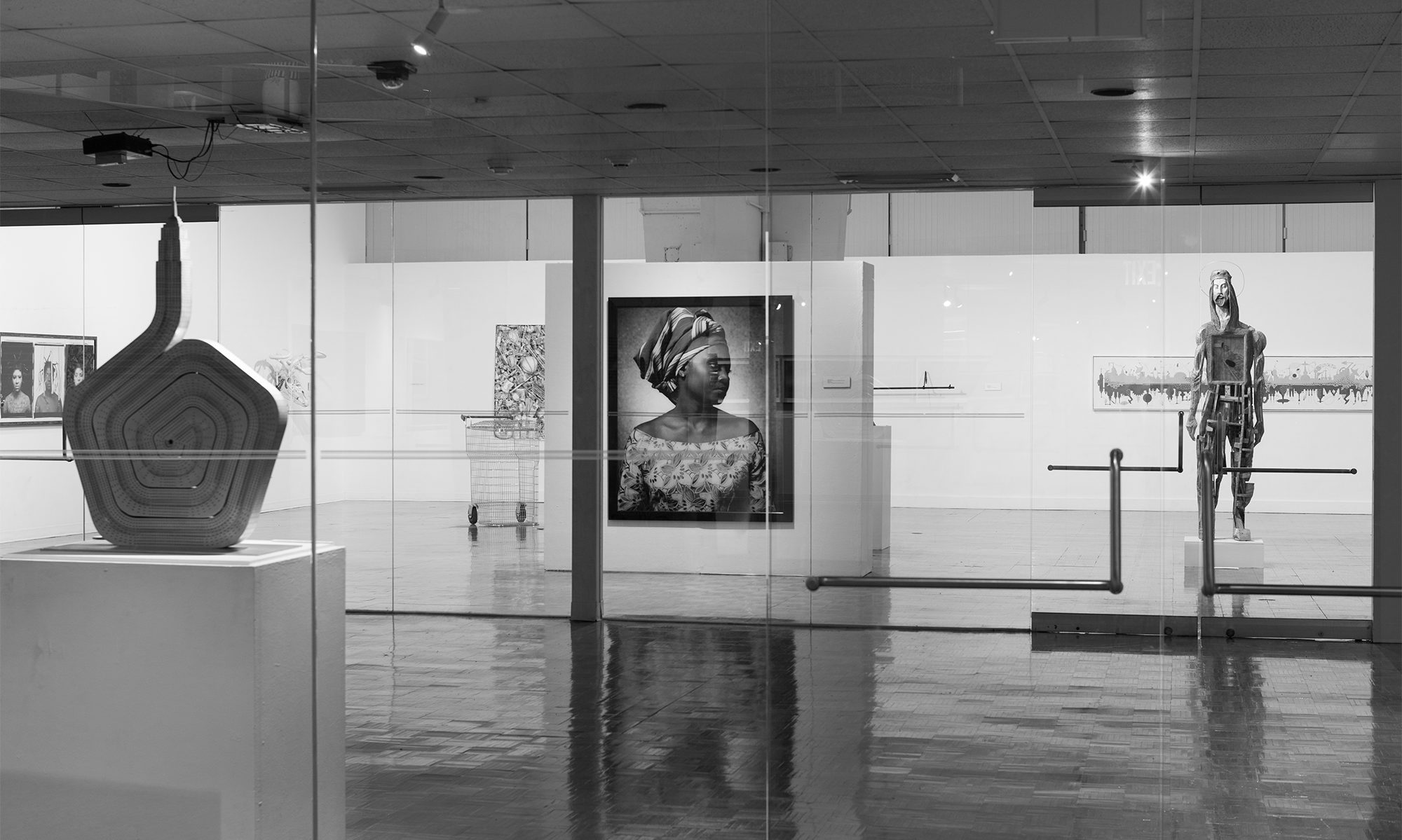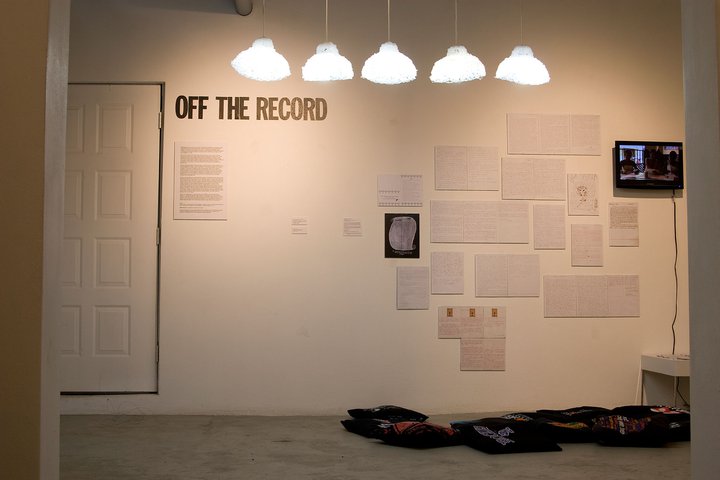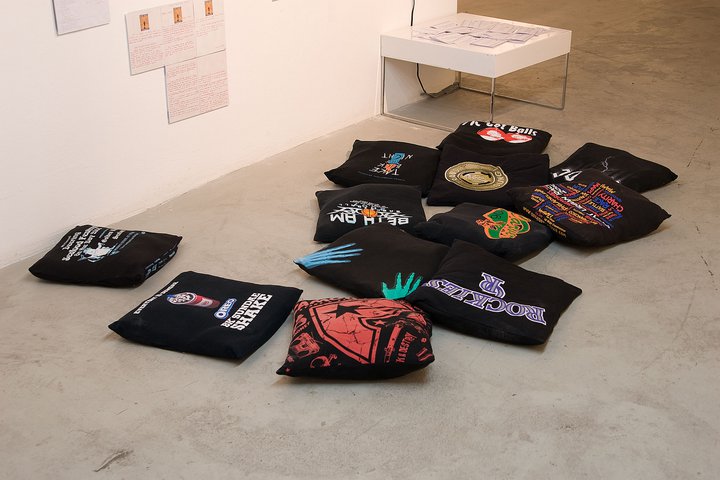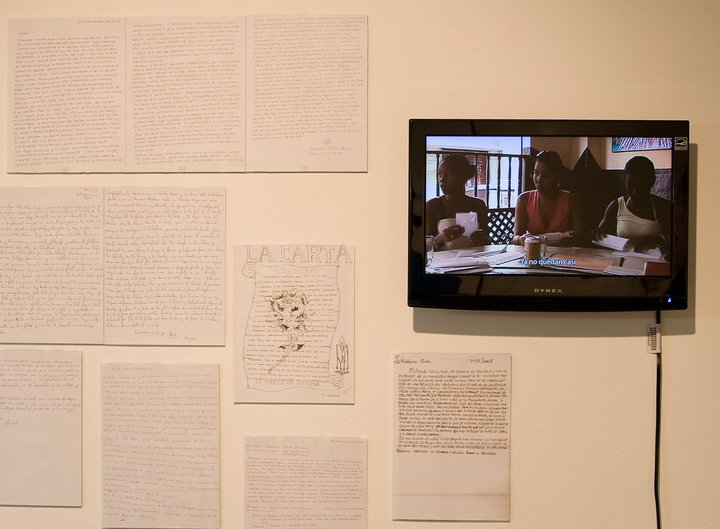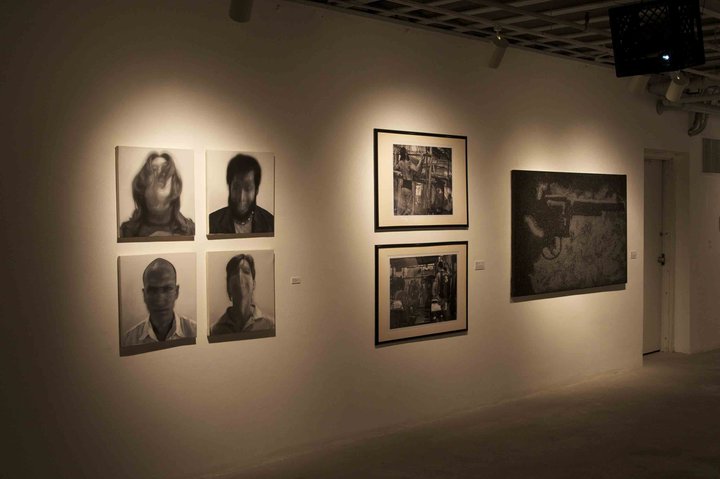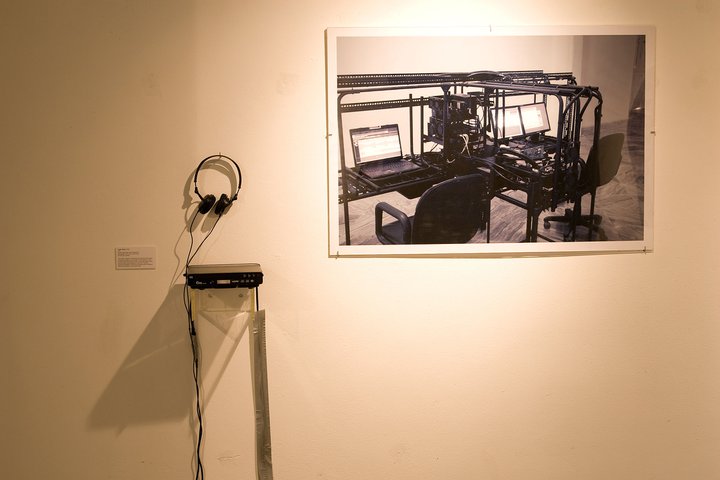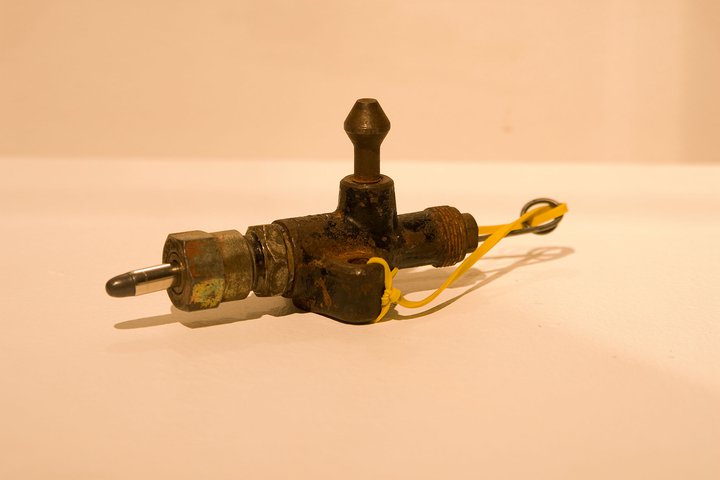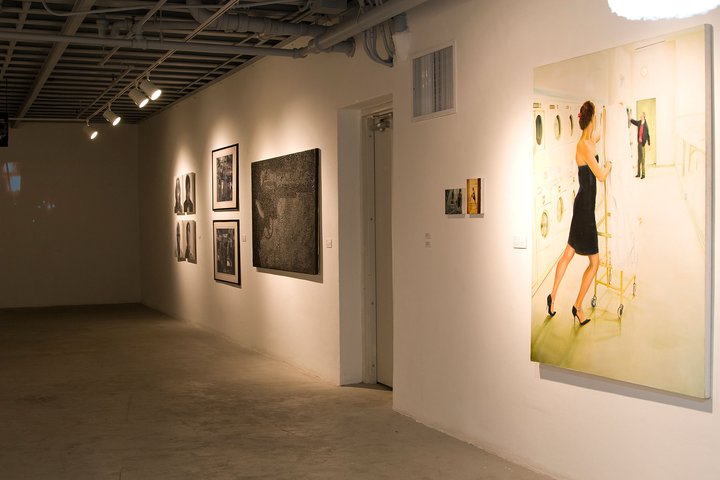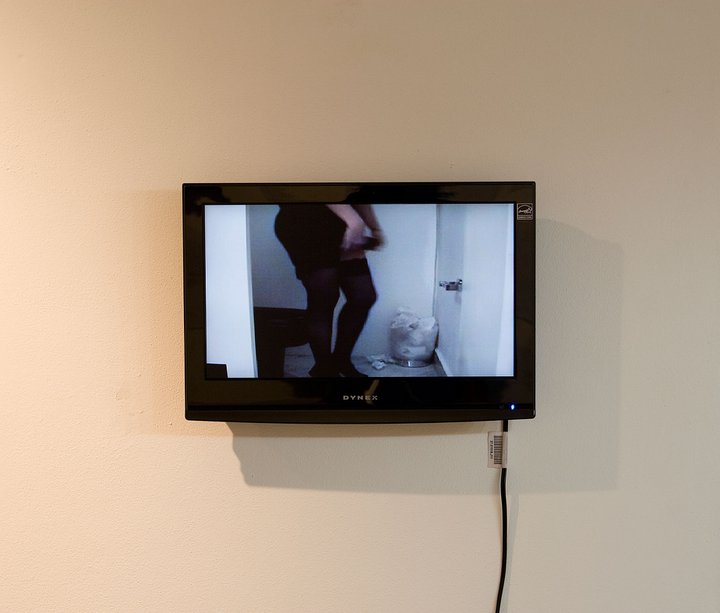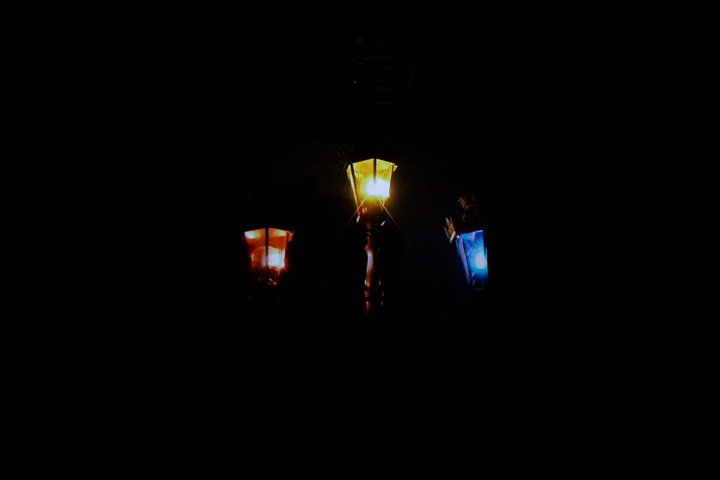Edge Zones, Miami, FL
July 10 – August 10, 2010
Opening reception: July 10, 2010 7-10PM
Pavel Acosta | James Bonachea | Carlos Caballero | Celia & Yunior | Ana Teresa Fernández | Núria Güell | Yasser Piña | Ernesto Oroza | Katiuska Saavedra | T10
This project is organized by Anonymous Curators, with guest curator Yuneikys Villalonga.
Off the Record could be seen as an inventory of metaphorical illegalities. It encompasses actual transgressions of the law in places like Cuba or Spain, the exposure of erotic fantasies which collapsed with personal stories in Mexico and the U.S., and poetic representations of daily situations on the verge of the prohibited. Coming from various backgrounds, these artists engage in a conversation with realities that often are not what they were meant to be. They often convey basic strategies of survival.
Pavel Acosta is a thief. He uses paint layers that he obtains from homes, cars, or any other surface, and uses them to create arresting images of violence and movement: guns, sharks, jets. Besides producing paint collages, Acosta works with photography to document private businesses that have recently emerged in Cuba despite the fact that they are banned. Ernesto Oroza uses discarded material of peculiar shapes that resulted from a factory accident. As in the series of works altering functions of existing objects -which he calls “technological disobidiences,” Oroza follows a vernacular aesthetics of the precarious that has become his signature style.
As a law enforcement entity, the police is present in the work of some. T10 is the pseudonym of a Havana-based guerrilla artist. T10 interferes signals and break coded messages from police, which are then amplified in the gallery space. In other works, T10 creates and spreads viruses, hacks computers, in other words, trespass the limits of permisiveness. Celia & Yunior create an instructive video to learn how to assemble and use a handmade gun made out of pipes, which anyone can obtain in underground and marginal barrios in Havana. The mere act of transporting the piece become an act of smuggling for bearing arms is prohibited. Police also gives James Bonachea the tools to criticize Mexico’s increasing unrest, caused primarily by the drug war. He replaces lights in a public park with those of police cars. The intervention also includes the annoying sound of the patrol siren.
Eroticism and pornography have become powerful weapons in the hands of women. Spanish artist Núria Güel engaged in social criticism when she organizes a contest to marry a Cuban, take him to Spain and help him obtain legal residence there. This humanitarian act contrasts with the marriage of many Spaniards with Cuban driven by sexual exploitation. Actual documents are essential in her project to prove its veracity. Quite the opposite occur with San Francisco-based Mexican artist Ana Teresa Fernández, who elude traditional photographic documentation of her own actions -therefore, self-portrait-, which are often carried out in private spaces, not seen by anyone. Fernández puts the viewer in the position of deciding whether she should be trusted or not for her account. Her invariable depiction of herself wearing a tight black dress and high heels -glamourous eroticism- contrasts with the obscene scene of Mexico-based Cuban Katiuska Saavedra’s video, Promiscuidad, in which she reuses toilet paper from the trash can. Humor is a key ingredient in the Sex Toy Story. Childish narratives told with mini sex toys underscore the playful nature of eroticism, similar to that of Fernandez. Likewise, Saavedra recycles materials, and utilizes objects for purposes other than the original.
Closer to the traditional genre, Yasser Piña and Carlos Caballero employ opposite kinds of portraiture to highlight the extremely fragile conditions of human life in Cuba. Piña freezes his subjects, an act associated with Afro-Cuban Santeria, while Caballero depict them in the unsettling movement of the head, creating a Baconesque imagery of sorts. The models are friends and relatives, ordinary people that would be kept off the record in any official history -as much as the situation before described- if not for these artists willing to change oblivion for remembrance.
Anonymous Curators is a group of international museum curators, who, out of institutional boredom and personal initiative, have decided to reach out to non‐museum spaces in search of new audiences, challenging themes, and more dynamic exhibition platforms.
